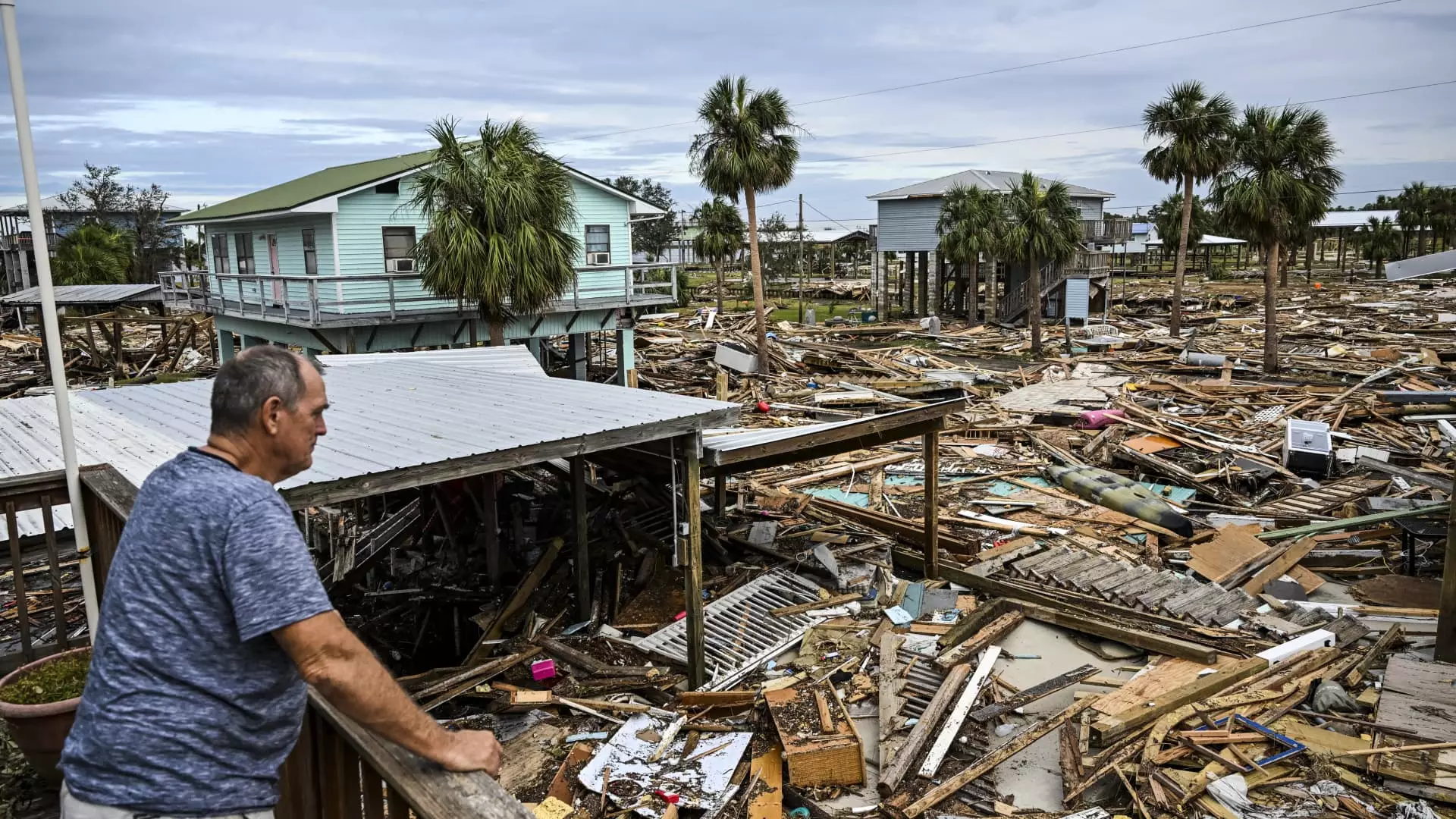In the wake of natural disasters, homeowners often face overwhelming challenges beyond the immediate physical damage to their properties. One of the most critical aspects of post-disaster recovery is expertly managing the homeowners insurance claims process. Understanding how to effectively file a claim can significantly impact the timeline and efficiency with which homeowners can rebuild and recover.
After catastrophic events like hurricanes, the volume of claims can surge dramatically. For instance, the insured losses from Hurricane Helene are projected to surpass $6 billion, and analysts fear that upcoming storms like Hurricane Milton could wreak unprecedented havoc along Florida’s west coast. In these situations, prompt action on the part of policyholders is essential. Insurance specialists emphasize that filing a claim as soon as possible allows insurance companies to prioritize claims on a first-come, first-served basis. Shannon Martin, a licensed insurance agent, highlights that every delay in reporting a claim might extend the wait time for approvals and payouts.
Moreover, insurance companies can easily become inundated with claims following a disaster. Jeremy Porter from First Street Foundation explains that claims processing can operate like a bottleneck, especially during peak disaster seasons. Those who do not act quickly risk extending the claim’s processing cycle, which can hinder financial recovery. Thus, the adage “the sooner, the better” truly applies in these scenarios.
Experts recommend homeowners take proactive measures before a disaster occurs by including their insurance information in a disaster preparedness kit. This kit should be easily accessible, whether you evacuate or stay in place. It’s imperative to gather all relevant insurance documents, including policy numbers and contact information, to streamline the claims process when disaster strikes.
As soon as the immediate danger has passed, homeowners should promptly notify their insurance provider of the damage. You can initiate the claims process from virtually anywhere, even if you’ve had to evacuate. It’s essential to inform your insurer of your intent; however, you must also be prepared for a formal inspection of the damage by the insurance adjuster once it’s safe.
Documenting damage thoroughly is one of the most critical steps in filing an insurance claim. Homeowners should take photographs of the damage and catalog any destroyed or damaged items. Porter advises that while insurers will conduct their own inspections, having documented evidence can help ensure that the homeowner’s account aligns with the evaluation performed by the insurance company. This evidence becomes invaluable, especially if there is a need to contest any discrepancies that arise later.
In addition to damage documentation, homeowners have a legal obligation to protect their property from further damage. According to Daniel Schwarcz, a law professor specializing in insurance at the University of Minnesota, homeowners must take reasonable steps to mitigate additional loss, which may include making temporary repairs or moving belongings to safer areas. Homeowners should keep detailed records of all expenses incurred during this process to facilitate potential reimbursement from their insurers.
It’s also critical for homeowners to understand the specific terms of their insurance policies. Generally speaking, coverage for certain types of damage may be contingent upon having specific policies. For example, without flood insurance, damage resulting from flooding may not be covered under a standard homeowners policy, which typically only includes wind damage. This nuance helps explain the necessity of being informed prior to and during the recovery process.
Furthermore, expenses for protective materials purchased before a disaster, such as plywood to safeguard windows, may not always be reimbursed. Thus, homeowners must be strategic in how they prepare and respond after an event.
Timeliness in filing claims cannot be overstated. Homeowners should aim to submit their claims within a window of three to five days post-disaster. Delaying the claim could complicate the assessment process, especially when multiple damaging events are involved, which could lead to disputes regarding liability among insurance entities. Delays may result in unnecessary financial strain as homeowners await their rightful claims.
Navigating the claims process gracefully hinges on timely reporting, thorough documentation, and a granular understanding of insurance policies. By taking these steps, homeowners can work towards rebuilding their lives and properties following devastating natural disasters, ensuring that their recovery is as swift and efficient as possible. Being informed and organized before, during, and after a disaster is not just a strategy; it is a lifeline.

